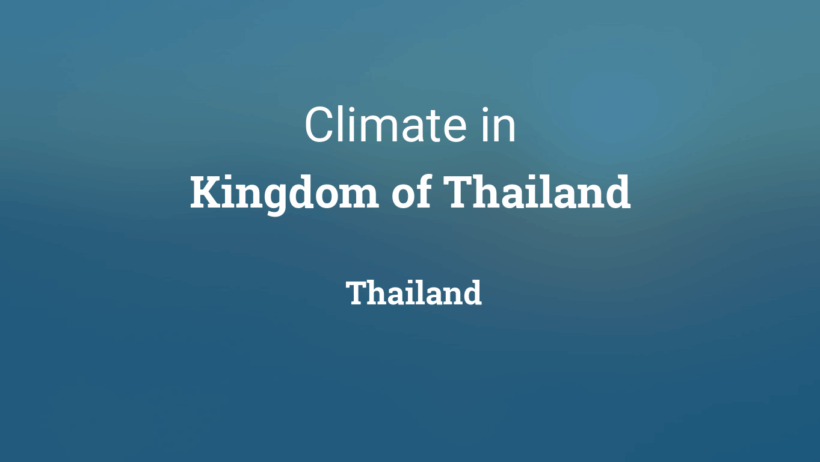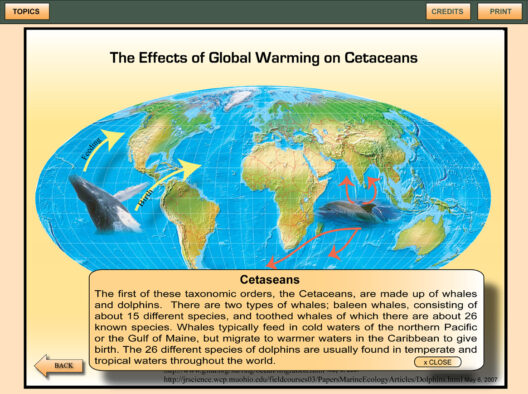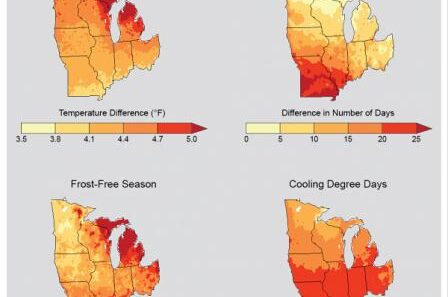Thailand, often referred to as the “Land of Smiles,” is renowned for its breathtaking landscapes, delectable cuisine, and rich cultural heritage. However, one cannot ignore the pivotal role that its tropical climate plays in shaping the lives and environments of its inhabitants. Understanding Thailand’s climate is integral to appreciating its beauty and complexity. This exploration delves into the unique characteristics of Thailand’s tropical weather, its seasonal variations, and how they influence the region’s ecology and human activities.
Thailand’s climate is classified as tropical, characterized by high temperatures and significant humidity throughout much of the year. The country experiences a monsoon weather pattern, which divides the year into three distinct seasons: the hot season, the rainy season, and the cool season. The variation in temperature and precipitation during these seasons becomes instrumental in sustaining the rich biodiversity found within the country.
The hot season typically lasts from March to June, with temperatures soaring above 35 degrees Celsius (95 degrees Fahrenheit). This period is marked by intense heat, particularly in the central regions and the northeastern plateau. The urban centers, notably Bangkok, can become stifling as the asphalt and concrete structures absorb and retain heat. Despite this discomfort, the hot season ushers in a bustling atmosphere as people flock to beaches and enjoy outdoor festivities. The vibrant street life in cities is invigorated during this time, showcasing the resilience of the Thai people.
In stark contrast, the rainy season, which commences around June and persists until October, brings much-needed relief from the sweltering heat. Monsoon rains are typical, often coming in torrential downpours accompanied by thunderstorms. During this season, the intermittently heavy rains transform the landscape, replenishing rivers and sustaining agriculture. Rice paddies flourish, and the lush greenery becomes vibrant and plentiful. However, the rains can lead to flooding, causing significant disruptions in rural and urban settings alike. A deeper understanding of this phenomenon reveals both the peril and potential of water in Thailand’s ecosystem.
As the monsoon gradually wanes, the cool season takes center stage from November to February. During this period, temperatures drop significantly, particularly in the northern highlands, where chilling air can provide a refreshing respite from the tropical warmth. The cool season is often considered the most pleasant time to visit Thailand, as it attracts tourists eager to experience the country’s cultural wonders amidst idyllic weather conditions. Festivals, such as Loy Krathong and Yi Peng, illuminate the landscape, further drawing visitors into the charm of Thai traditions.
What captivates many about Thailand’s climate is not merely the temperature fluctuations or seasonal rains but the interplay between human activities and natural elements. Agriculture, which dominates the rural economy, is inherently linked to climatic patterns. The reliance on the monsoon rains underscores a delicate balance. Farmers carefully plan their crops according to the changing seasons, with rice taking center stage as the staple food. The synchronization of agricultural practices with the climatic regime demonstrates a sustainable adaptation to environmental conditions.
The implications of Thailand’s tropical climate extend beyond agriculture. Tourism, a cornerstone of the national economy, is heavily influenced by weather patterns. The cascading effects of the seasons dictate regional travel trends. Tourists are drawn to the sun-soaked islands during the cool season, while locals seek refuge in the highlands when the heat is at its peak. However, fluctuations in weather patterns due to climate change increasingly threaten this balance, raising concerns about the sustainable future of tourism and agriculture alike.
Climate change poses a formidable challenge to Thailand, leading to more erratic weather events, rising sea levels, and altering rainfall distributions. Coastal regions, particularly those frequented by tourists, face the risk of erosion and flooding, which could lead to significant cultural and economic losses. Furthermore, the biodiversity that thrives in Thailand’s tropical forests is increasingly under threat. Species that have adapted over millennia to specific climatic conditions may struggle to survive as temperatures rise and habitats transform.
Thus, the fascination with Thailand’s climate is reflective of broader themes of resilience and adaptability. As the nation grapples with the realities of climate change, innovative approaches are becoming essential. There is a growing impetus toward sustainable practices in agriculture, urban planning, and tourism management. By integrating traditional knowledge with modern sustainability initiatives, Thailand can forge a path that honors its rich heritage while responding to contemporary environmental challenges.
In conclusion, Thailand’s tropical climate is an intricate tapestry woven with threads of cultural practices, economic dependencies, and environmental realities. The hot, rainy, and cool seasons command the rhythm of life in this vibrant nation, shaping everything from culinary traditions to economic activities. As the world confronts the specter of climate change, Thailand stands at a crossroads. Embracing sustainable practices will not only preserve its natural beauty but will also ensure that future generations continue to experience the unique essence of the “Land of Smiles.”






